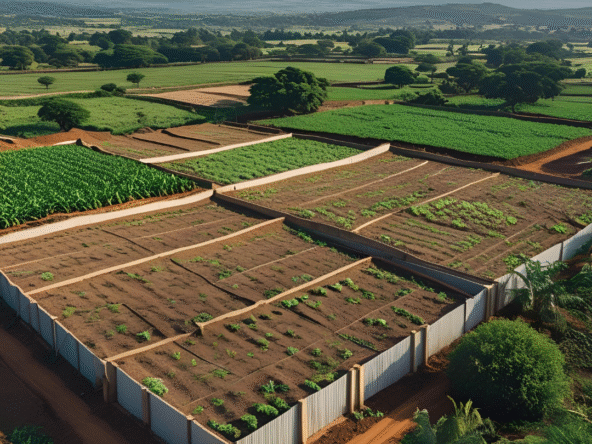Land ownership in Kenya is not just about legal title it is deeply connected to culture, identity, political power, and economic stability.
For generations, land has been at the centre of family wealth, historical conflict, and governance reforms. As the country continues to grow and urbanize, understanding the dynamics of land ownership is more important than ever.
Types of Land Ownership in Kenya
Land in Kenya is owned under several legal arrangements, classified broadly as:
1. Freehold Ownership
Freehold land ownership grants the holder full rights to the land in perpetuity. The owner can develop, lease, sell, or transfer the land, subject to planning regulations and public interest laws.
- Common in agricultural areas
- Inherited or bought
- Provides the highest level of security of tenure
Limitation:
Even freehold land must be used in accordance with environmental and land use policies. It can also be compulsorily acquired by the government for public interest with compensation.
2. Leasehold Ownership
Leasehold involves ownership of land for a specified period, usually 99 years (for citizens) or 33 to 99 years (for non-citizens or foreign entities). The land ultimately remains under government control, and renewal is subject to conditions.
- Common in urban areas and for commercial developments
- Rents or renewal fees may apply
- Government can repossess if lease conditions are breached
3. Customary Ownership / Community Land
Traditionally held land by indigenous communities is governed through customs and local rules. It is often undocumented but recognized under the Community Land Act, 2016.
- Typically found in pastoralist or forest regions
- Rights are communal, not individual
- Requires formal registration for legal recognition
Legal Framework Governing Land Ownership
Kenya’s 2010 Constitution introduced major land reforms focused on equity, sustainability, and social justice. Some of the key legal instruments include:
- The Constitution of Kenya (2010) – recognizes land as a national resource and classifies it into public, private, and community land.
- The Land Act (2012) – governs land management and transactions.
- The Land Registration Act (2012) – consolidates land registration processes.
- The Community Land Act (2016) – protects communal land rights.
These laws promote transparency, ensure fair access, and seek to resolve long-standing land injustices.
Challenges in Land Ownership
Despite the robust legal framework, several issues still plague land ownership in Kenya:
- Historical land injustices from colonial and post-independence periods
- Land grabbing and fraudulent title deeds
- Corruption in land registries
- Boundary disputes and overlapping claims
- Delay in processing titles and low awareness of land rights
These challenges often affect vulnerable populations—particularly women, youth, and indigenous communities—who may lack the resources or knowledge to defend their claims.
Reforms and the Future of Land Ownership
Kenya has taken important steps toward improving land ownership systems:
- Digitization of land records through the ArdhiSasa platform in Nairobi and ongoing rollout to other counties
- Public participation and civic education on land rights
- Establishment of the National Land Commission (NLC) to oversee public land and address grievances
- Support for alternative dispute resolution (ADR) to ease backlog in land courts
However, much more remains to be done to ensure fairness, especially in rural and informal settlement areas.
Land ownership in Kenya is evolving. While historical grievances and systemic inefficiencies persist, reforms in law and governance have laid the foundation for a fairer, more inclusive system. For true justice to be achieved, every Kenyan must have secure, equitable access to land whether for living, farming, or investing.
Awareness, transparency, and continued reform are key to securing land rights and building sustainable communities.
Want to learn more about your land rights or secure a title deed? Start by visiting your local land office or checking out resources on the Ministry of Lands website.

